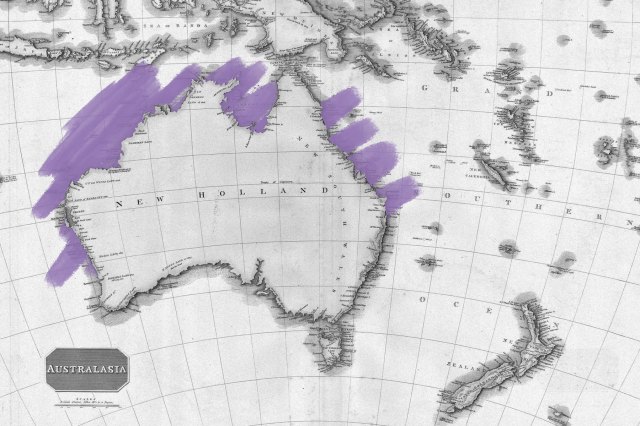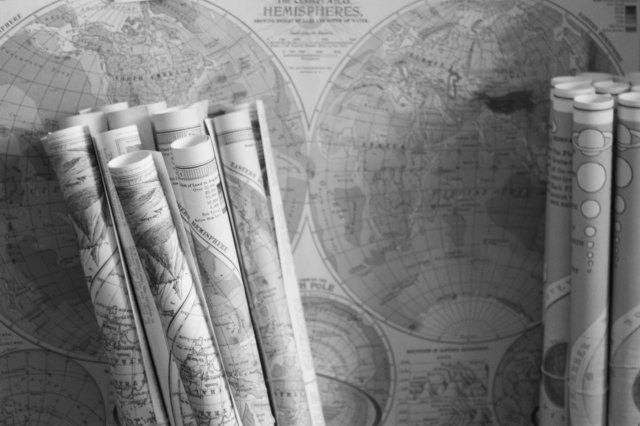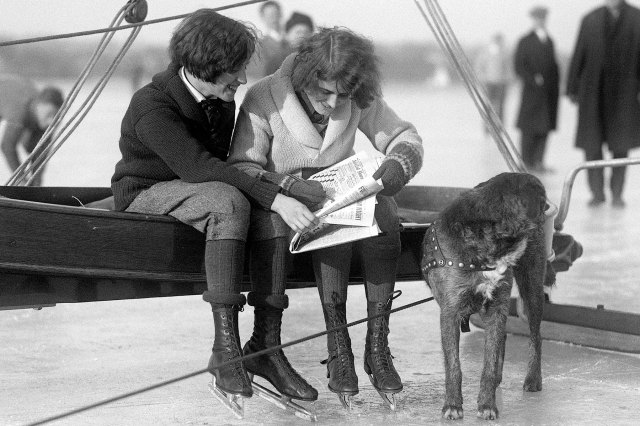What country used to be called New Holland?
Thursday, July 11, 2024
In 1606, toward the end of Europe's age of exploration, Dutch explorer Willem Janszoon landed on the western side of Australia's Cape York Peninsula, believing he was on the shores of New Guinea, which is separated from mainland Australia by the Torres Strait. |
| |
| |
|
 |
|
| I n 1606, toward the end of Europe's age of exploration, Dutch explorer Willem Janszoon landed on the western side of Australia's Cape York Peninsula, believing he was on the shores of New Guinea, which is separated from mainland Australia by the Torres Strait. He mapped 186 miles of coastline before departing later that year. Other Dutch navigators followed suit, charting the northern, western, and southern coasts of the landmass. Despite the fact that the Dutch never never colonized Australia, by the late 17th century the continent was known as New Holland (Nieuw-Holland in Dutch) — but the name didn't last. |
|
|
| In 1768, British explorer James Cook made the first of his three voyages to Australia. Two years later, he claimed the eastern half for Britain and renamed it New South Wales. A secret goal of Cook's first voyage was to discover what was listed on ancient maps as Terra Australis Incognita (Latin for Unknown South Land), a hypothetical vast landmass that the Greek philosophers theorized must exist in the Southern Hemisphere to counterbalance Asia. By the end of Captain Cook's third voyage, he had seen portions of Antarctica and mapped enough of New Zealand (also named by Dutch explorers) to disprove that Australia was part of the fabled Terra Australis; rather, a separate southern continent was located in the icy polar region. |
|
| In 1803, British navigator Matthew Flinders became the first person to circumnavigate the coast of Australia, charting unknown parts of the coastline and proving that Australia is a single continent. In his journals and maps of the expedition, he harkened back to Terra Australis when naming the continent, but shortened it to Australia. This time, the name stuck. As Flinders wrote in A Voyage to Terra Australis (1814), the new, abridged moniker was "more agreeable to the ear." |
|
 |  |
|
|
 |
|
| |
|
| Active volcanoes in mainland Australia | | | 0 |
| | | Percentage of Australians who live within 31 miles of the coast | | | 87% |
| | | Percentage of Australians who live within 31 miles of the coast | | | 87% |
|
|
|
| Length (in miles) of Australia's dingo fence | | | ~3,500 |
| | | Years Aboriginal Australians lived in Australia before Europeans arrived | | | 65,000 |
| | | Years Aboriginal Australians lived in Australia before Europeans arrived | | | 65,000 |
|
|
|
 |
|
 | | Did you know? |
|
|
Australia was once a penal colony. |
|
| In 1787, 11 ships holding nearly 1,400 people left Portsmouth, England, for Botany Bay, Australia. This "First Fleet" carried new settlers, and more than 700 convicts. This is not as unusual as it may seem. The British had been sending convicts to work off their sentences in the colonies since 1615. After the American Revolution, British convicts were sent to New South Wales and Van Diemen's Land (modern-day Tasmania). Between 1788 and 1868, more than 162,000 convicts were transported to Australia. Some were exiled in lieu of the death penalty, while others were sent more than 9,000 miles from home to serve sentences for more trivial crimes, including petty theft and fraud. Once free, many ex-convicts remained in Australia and joined the ranks of the free settlers. Today, an estimated 20% of Australians are the descendants of convicts. |
|


posted by June Lesley at 4:01 AM











![]()
![]()







0 Comments:
Post a Comment
<< Home